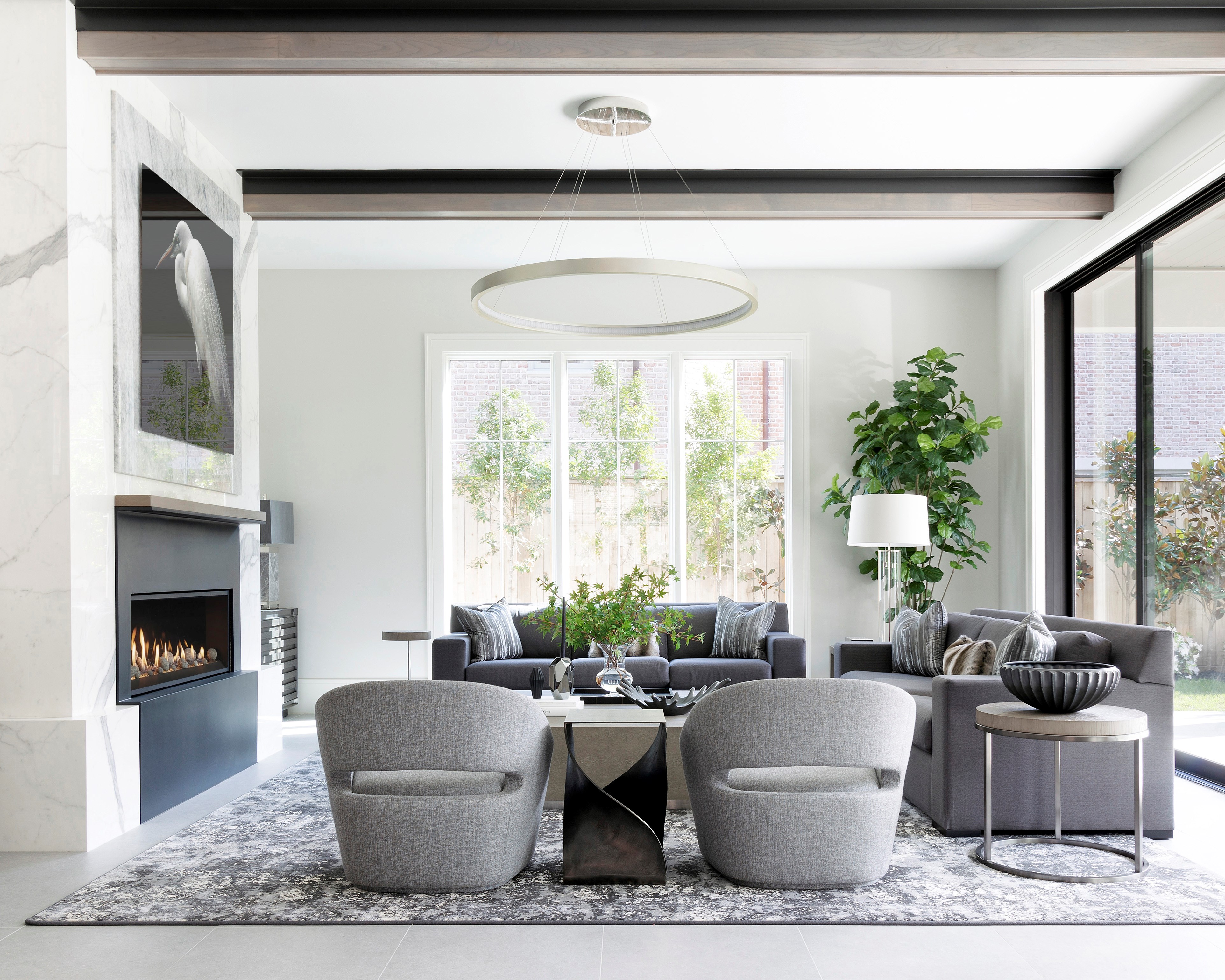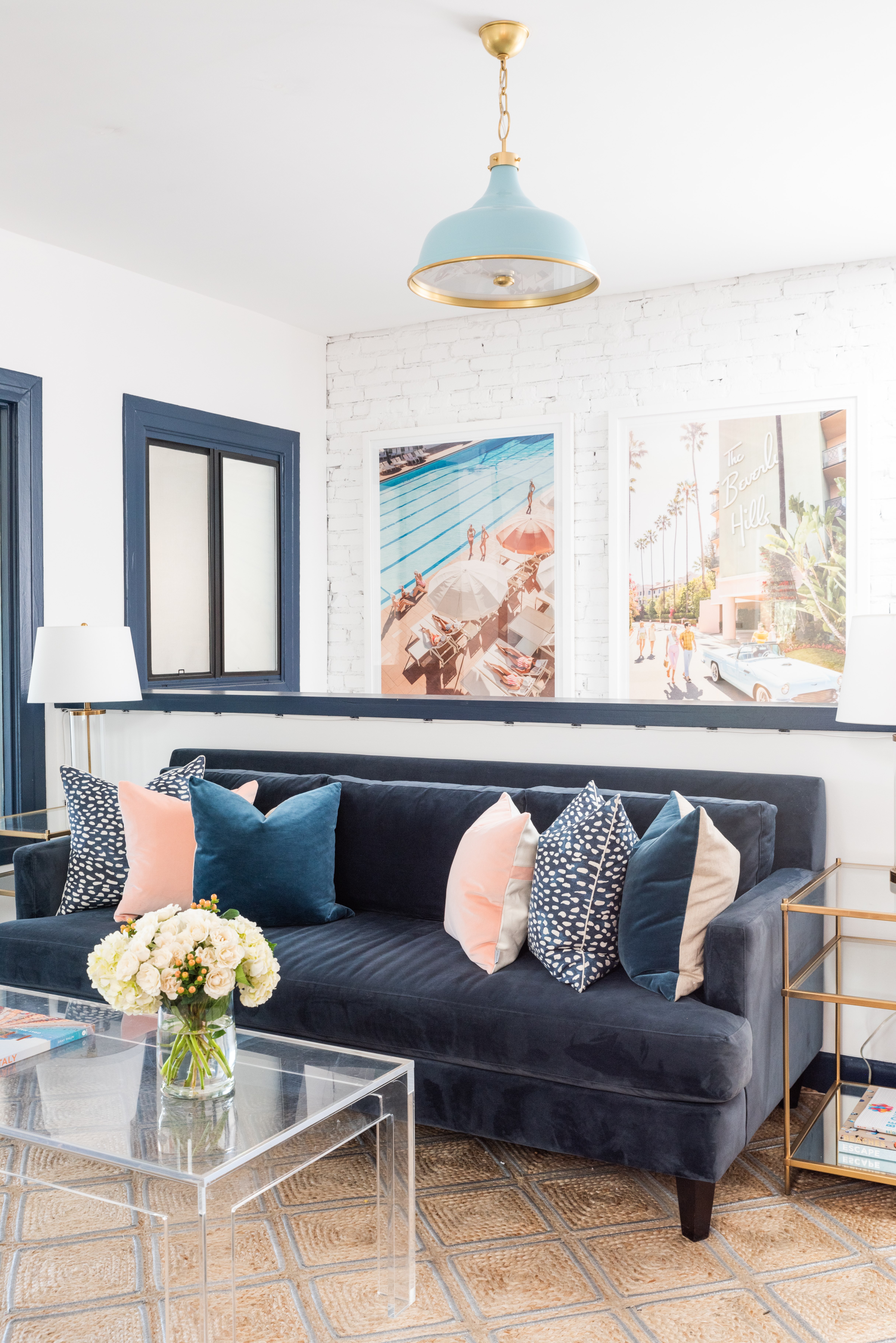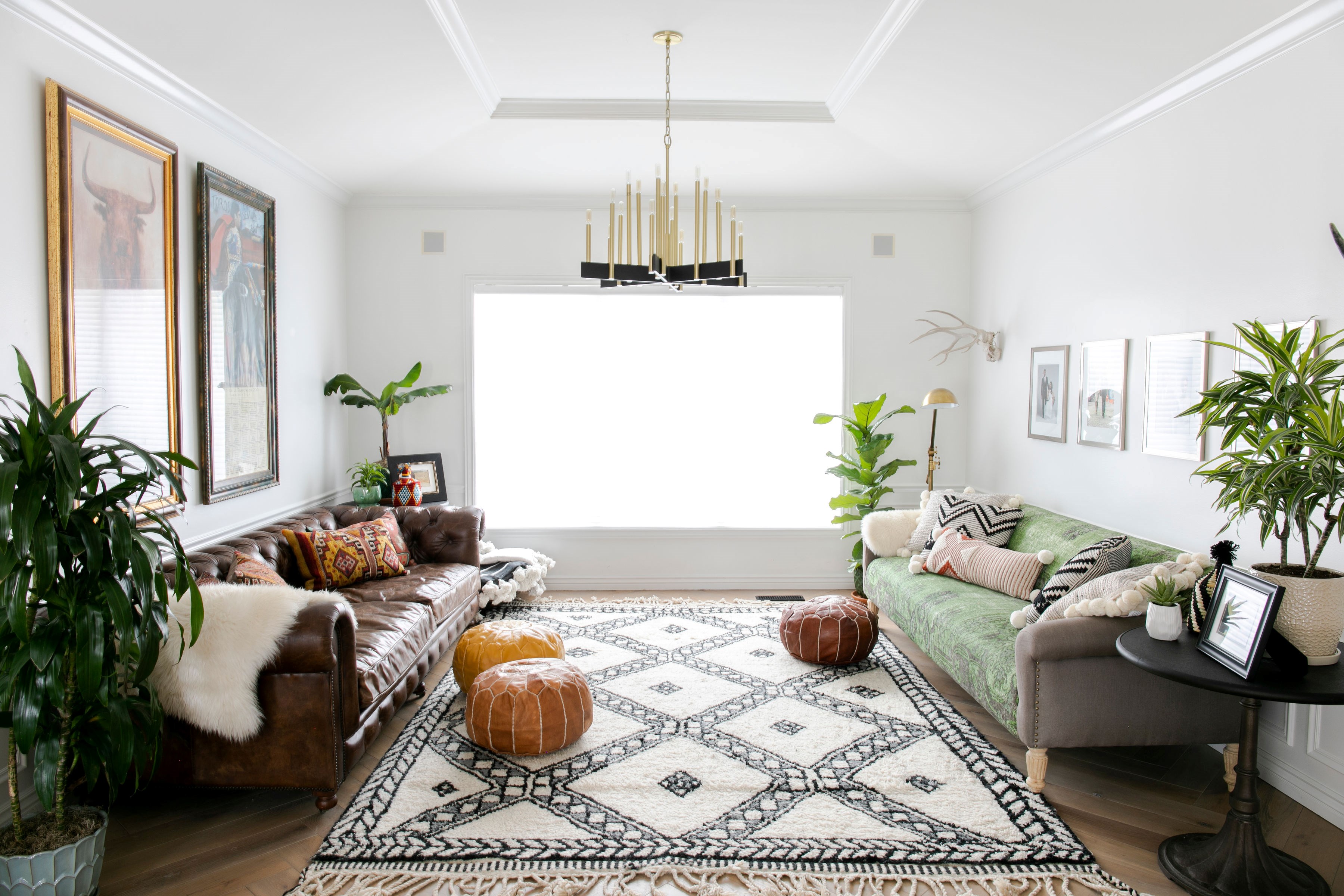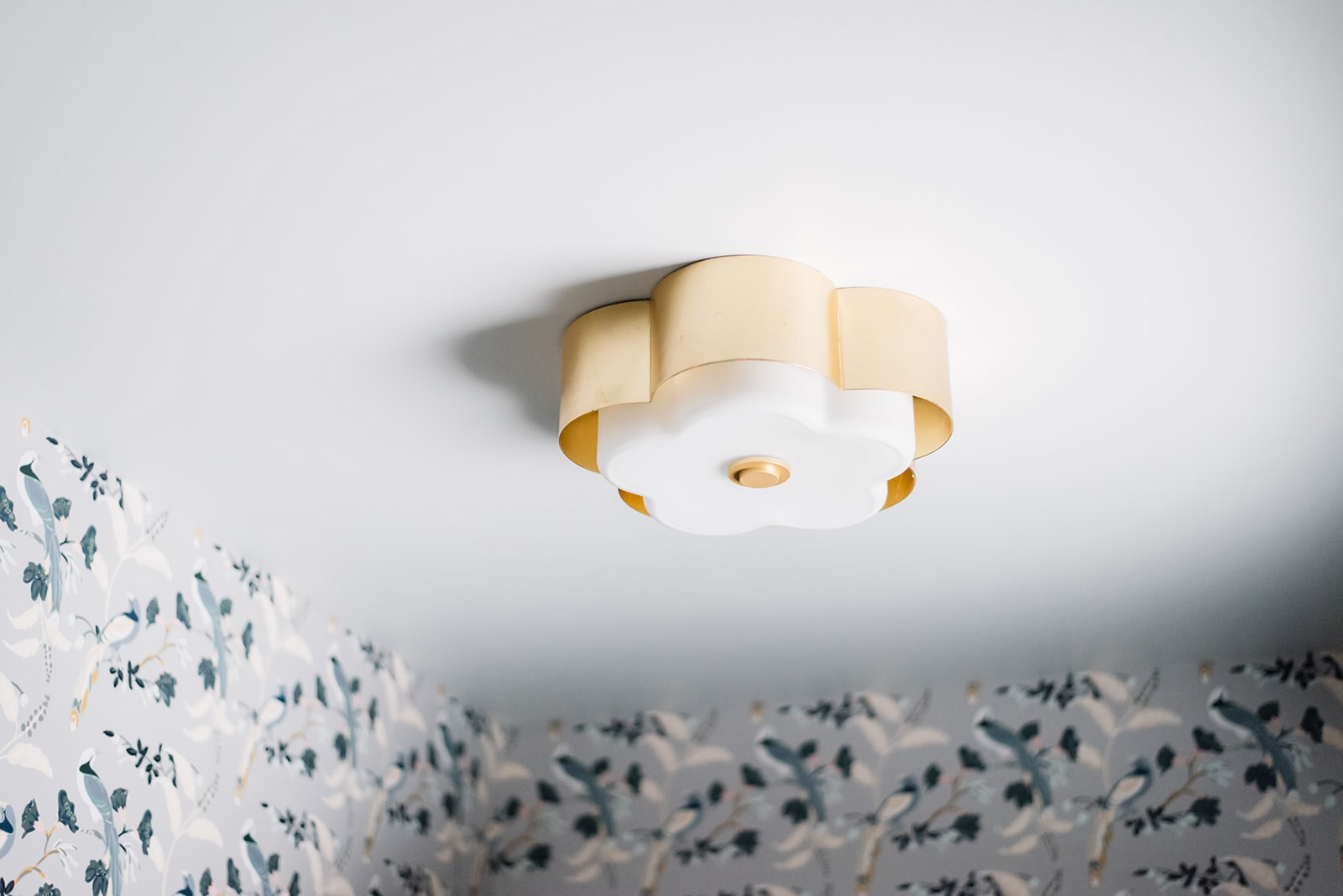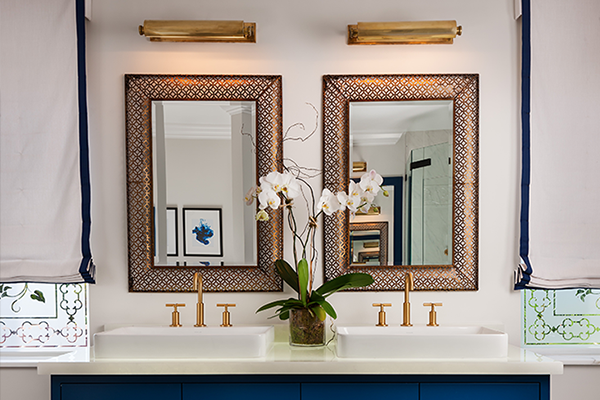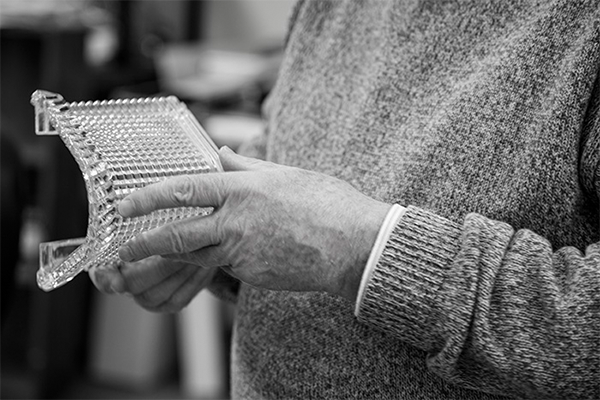The functional and the beautiful, the pragmatic and the aesthetic intersect in lighting.
To light a space well, you need to know how much space there is to light, what you want people to pay attention to, what you're going to do in the space, and where you're going to do it. This guides the pragmatic aspects, while décor considerations will shape the aesthetic elements.
But this basic piece—how much light?—can trip up the lighting layman, especially when fancy words get involved. Incandescent lighting used to be measured in watts, the electrical output needed to power the bulb. With a shift to so many alternative forms of light, the key word for measuring light has changed to "lumens." What's a lumen and how many do you need for spaces essential as the kitchen island, the dining table, and the bathroom vanity?


